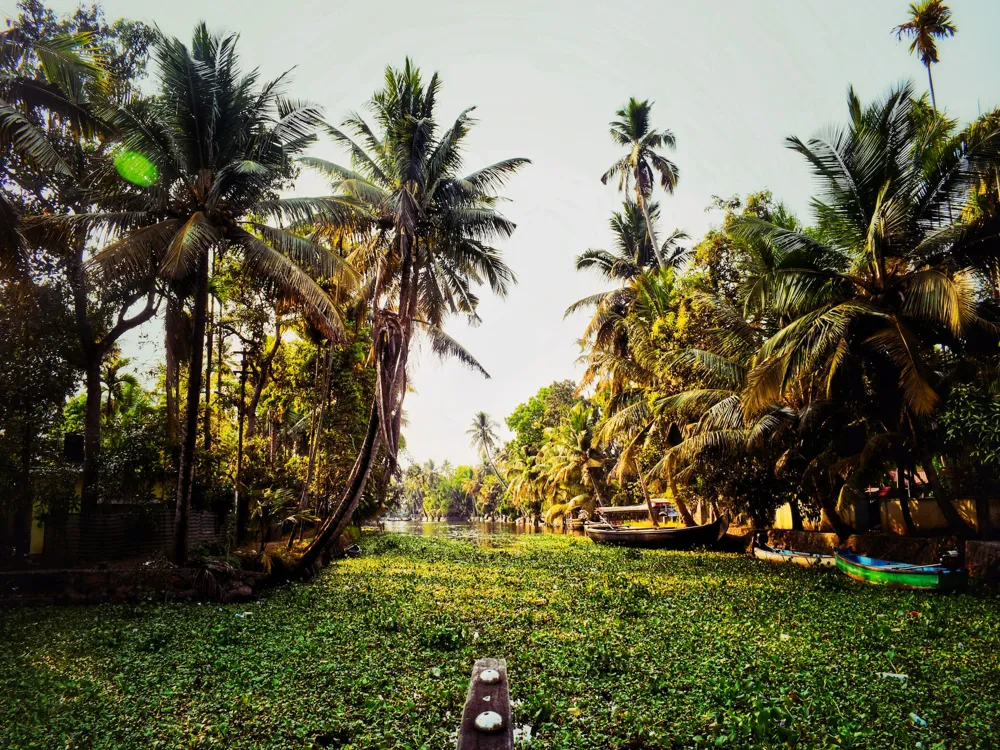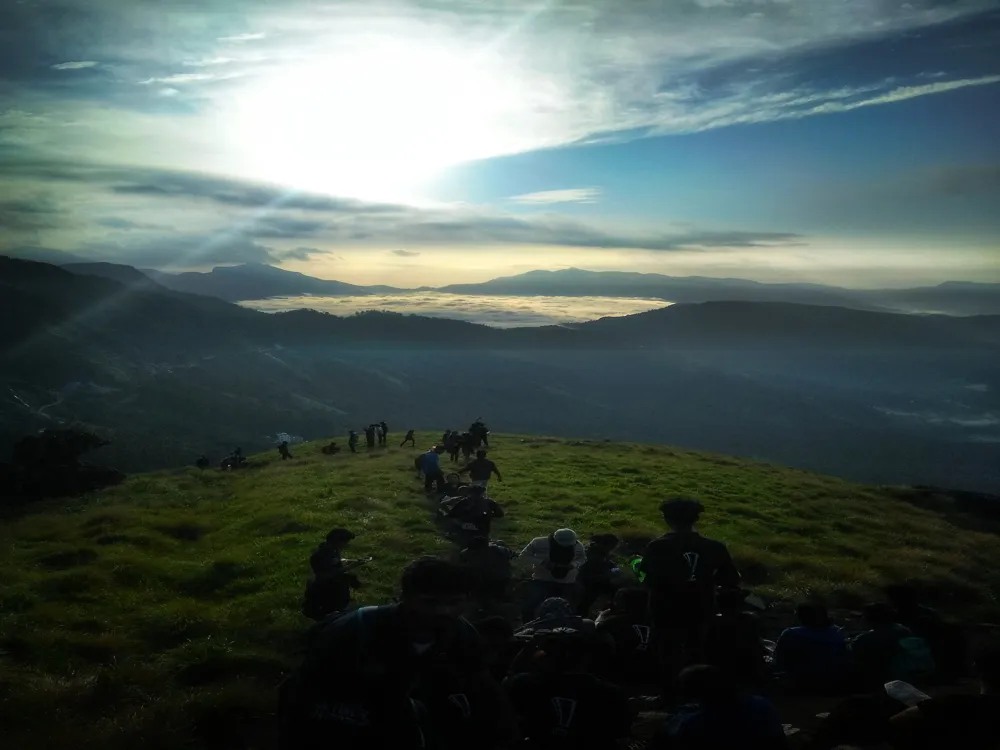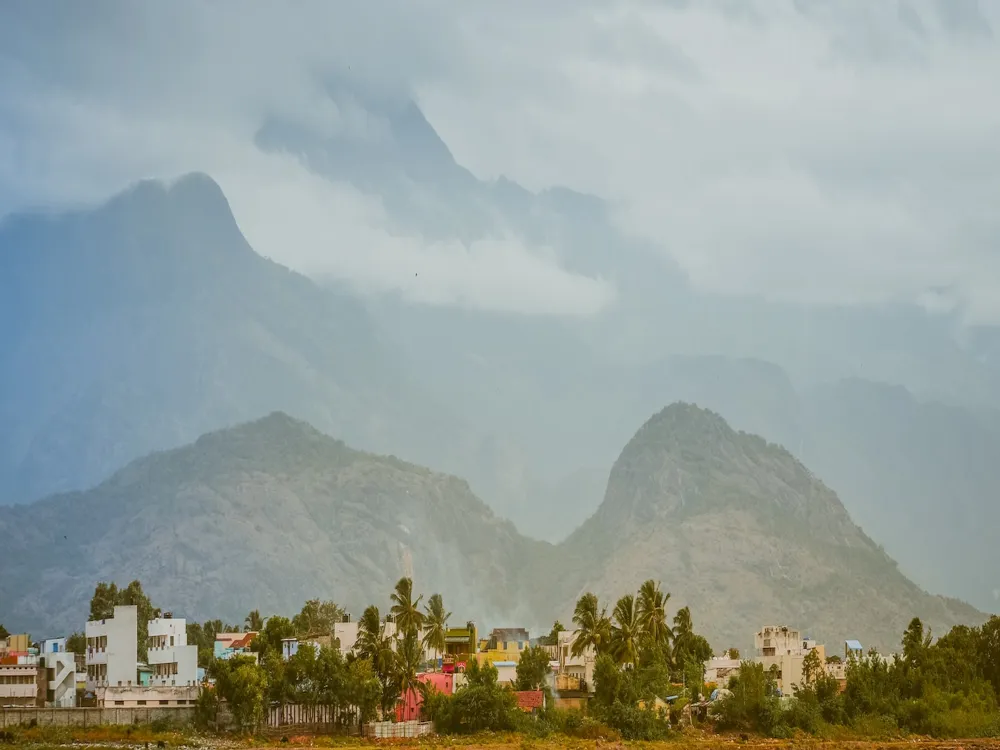The Dolmen Circle, a prehistoric and archaeological wonder, is located in the picturesque hill station of Kodaikanal in Tamil Nadu. This site, steeped in history, presents a fascinating window into ancient civilizations that once thrived in this region. The Dolmen Circle is known for its significant collection of dolmens, which are megalithic burial sites or monuments typically comprising large flat stones supported by upright ones. These structures, dating back to the Iron Age, are a testament to the architectural ingenuity of early societies. A visit to the Dolmen Circle is like stepping back in time. The area, surrounded by lush greenery and the serene ambiance of Kodaikanal's hills, provides a peaceful yet intriguing exploration for history buffs and casual tourists alike. The site's significance extends beyond its historical and archaeological value; it is also an important cultural landmark, offering insights into the religious and social practices of early human civilizations in South India. The Dolmen Circle's attraction lies not only in the dolmens themselves but also in the surrounding landscape. The area's natural beauty, characterized by rolling hills, shrouded in mist, and dotted with exotic flora, makes it a perfect backdrop for these ancient relics. The contrast between the rugged, primal structures and the gentle, verdant hills creates a surreal experience for visitors, making the Dolmen Circle a must-visit destination in Kodaikanal. The Dolmen Circle's architecture is a remarkable feature, showcasing the engineering skills of ancient civilizations. The dolmens, primarily constructed using large stone slabs, are arranged in a specific pattern, often oriented in a particular direction, which indicates a deep understanding of spatial organization and perhaps even astronomical alignments. Each dolmen at the Dolmen Circle is unique, with variations in size, shape, and construction technique. Some are simple structures, with a large capstone resting on upright stones, while others are more complex, featuring additional elements such as stone circles or cairns surrounding the central dolmen. This diversity suggests that the site was used over an extended period, possibly serving different functions or accommodating varying burial practices over time. The construction of these megalithic structures required significant effort and resources, indicating the importance of the Dolmen Circle to the ancient communities that built them. The choice of stones, their transportation to the site, and the precision in their placement reflect a sophisticated understanding of materials and construction techniques. The ideal time to visit the Dolmen Circle in Kodaikanal is during the months of October to March, when the weather is pleasant and conducive for exploring the outdoors. Comfortable walking shoes and light layers are recommended, as the terrain can be uneven and the weather can change quickly in the hills. Early morning or late afternoon light is perfect for photography, casting dramatic shadows and highlighting the textures of the dolmens. The Dolmen Circle in Kodaikanal is accessible by road. The nearest town is Kodaikanal, from where you can hire a taxi or take a local bus to the site. If driving, the Dolmen Circle is located approximately 20 minutes from the center of Kodaikanal, with clear signposts leading the way. Read More:Overview of Dolmen Circle in Kodaikanal, Tamil Nadu
Architecture of Dolmen Circle
Tips When Visiting Dolmen Circle
Best Time to Visit
What to Wear
Photography Tips
How To Reach Dolmen Circle
Dolmen Circle
Kodaikanal
Tamil Nadu
NaN onwards
View kodaikanal Packages
Weather :
Tags : Historical Site
Timings : 6:00 AM - 5:00 PM
Time Required : Less than 1 hour
Entry Fee : No entry fee
Planning a Trip? Ask Your Question
Kodaikanal Travel Packages
View All Packages For Kodaikanal
Top Hotel Collections for Kodaikanal

Private Pool

Luxury Hotels

5-Star Hotels

Pet Friendly
Top Hotels Near Kodaikanal
Other Top Ranking Places In Kodaikanal
View All Places To Visit In kodaikanal
View kodaikanal Packages
Weather :
Tags : Historical Site
Timings : 6:00 AM - 5:00 PM
Time Required : Less than 1 hour
Entry Fee : No entry fee
Planning a Trip? Ask Your Question
Kodaikanal Travel Packages
View All Packages For Kodaikanal
Top Hotel Collections for Kodaikanal

Private Pool

Luxury Hotels

5-Star Hotels

Pet Friendly






















